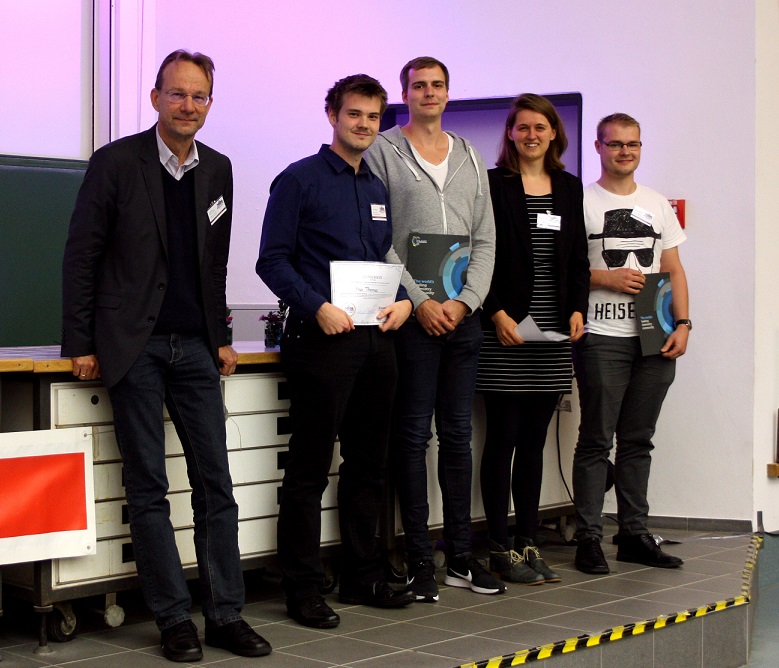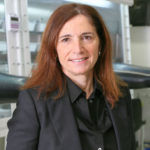 Dalton Transactions would like to welcome Professor Wolfgang Tremel who joins us as our newest Associate Editor. Wolfgang is currently a full Professor of Inorganic Chemistry at Johannes Gutenberg-Universität, Germany. His research interests include: Inorganic materials chemistry, Surface and interface chemistry, Biomineralization, Nanoparticles for applications in drug delivery, in vivo sensing and catalysis, Energy processes (thermoelectric, photonics, phononics, light harvesting).
Dalton Transactions would like to welcome Professor Wolfgang Tremel who joins us as our newest Associate Editor. Wolfgang is currently a full Professor of Inorganic Chemistry at Johannes Gutenberg-Universität, Germany. His research interests include: Inorganic materials chemistry, Surface and interface chemistry, Biomineralization, Nanoparticles for applications in drug delivery, in vivo sensing and catalysis, Energy processes (thermoelectric, photonics, phononics, light harvesting).
Professor Tremel is ‘looking forward to collaborating and contributing to a further success of the journal’.
A small selection of articles published by Professor Tremel are below:
Biogenic synthesis of palladium nanoparticles using Pulicaria glutinosa extract and their catalytic activity towards the Suzuki coupling reaction
Mujeeb Khan, Merajuddin Khan, Mufsir Kuniyil, Syed Farooq Adil, Abdulrahman Al-Warthan, Hamad Z. Alkhathlan, Wolfgang Tremel, Muhammad Nawaz Tahir and Mohammed Rafiq H. Siddiqui
Dalton Trans., 2014, 43, 9026-9031
DOI: 10.1039/C3DT53554A, Paper
Hybrid chalcogenide nanoparticles: 2D-WS2 nanocrystals inside nested WS2 fullerenes
Faegheh Hoshyargar, Tomas P. Corrales, Robert Branscheid, Ute Kolb, Michael Kappl, Martin Panthöfer and Wolfgang Tremel
Dalton Trans., 2013, 42, 14568-14575
DOI: 10.1039/C3DT51537K, Paper
Thermoelectric properties of spark-plasma sintered nanoparticular FeSb2 prepared via a solution chemistry approach
Gregor Kieslich, Christina S. Birkel, Igor Veremchuk, Yuri Grin and Wolfgang Tremel
Dalton Trans., 2014, 43, 558-562
DOI: 10.1039/C3DT51535D, Paper














![Two-dimensional contour plot of [Me2Au]− adduct with HCN.](https://d1w9csuen3k837.cloudfront.net/Pictures/480xany/2/0/2/129202_C7DT00329C-Hydrogen-bonds---GA---Main.jpg)


